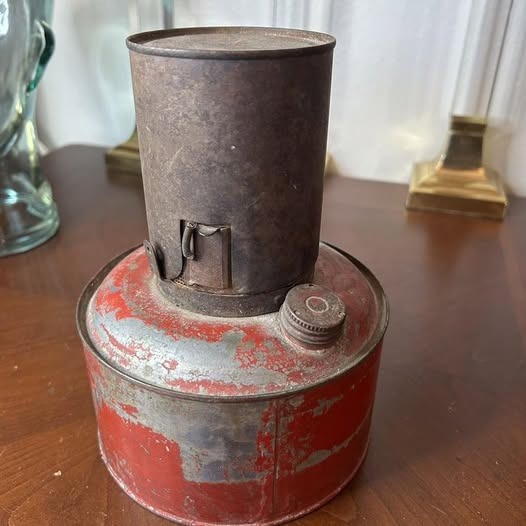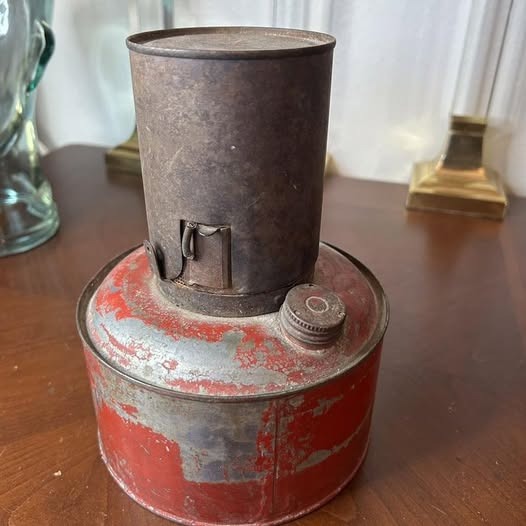If you’ve ever stumbled upon an old metal object that looks like a small chimney, covered in soot and smelling faintly of diesel, you might have found a smudge pot. For younger generations, this might be an unfamiliar sight, but for those who grew up in farming communities, it’s a powerful symbol of a bygone era.

Smudge pots were essential for orchard farmers facing cold nights when frost threatened their crops. These stout metal devices burned diesel or kerosene, producing heat and thick smoke. The heat helped protect fruit trees from freezing, while the smoke created a barrier that trapped warmth near the ground, preventing frost from settling. Before the days of weather apps and automated frost alarms, farmers relied on these smoky fires to save their harvests.
Lighting smudge pots across acres was hard, messy work. The air filled with smoke, clothes smelled oily, and boots sank into cold mud. But the flickering orange flames were a lifeline, protecting crops and livelihoods. Those nights, wrapped in denim and wool, are etched into the memories of many farmers—a testament to resilience and determination.
Today, smudge pots have mostly been replaced by cleaner, more efficient tools like wind machines and sprinklers. Environmental concerns and rising fuel costs made the smoky pots less practical. Yet, their legacy remains. Some small farms still use them, and many have been repurposed as rustic heaters or garden decorations, cherished for the stories they carry.
The smudge pot may be a forgotten tool to many, but it stands as a symbol of hard work, sacrifice, and the spirit of rural life. If you recognized it instantly, you’re connected to a golden generation that battled the elements with fire and grit.


